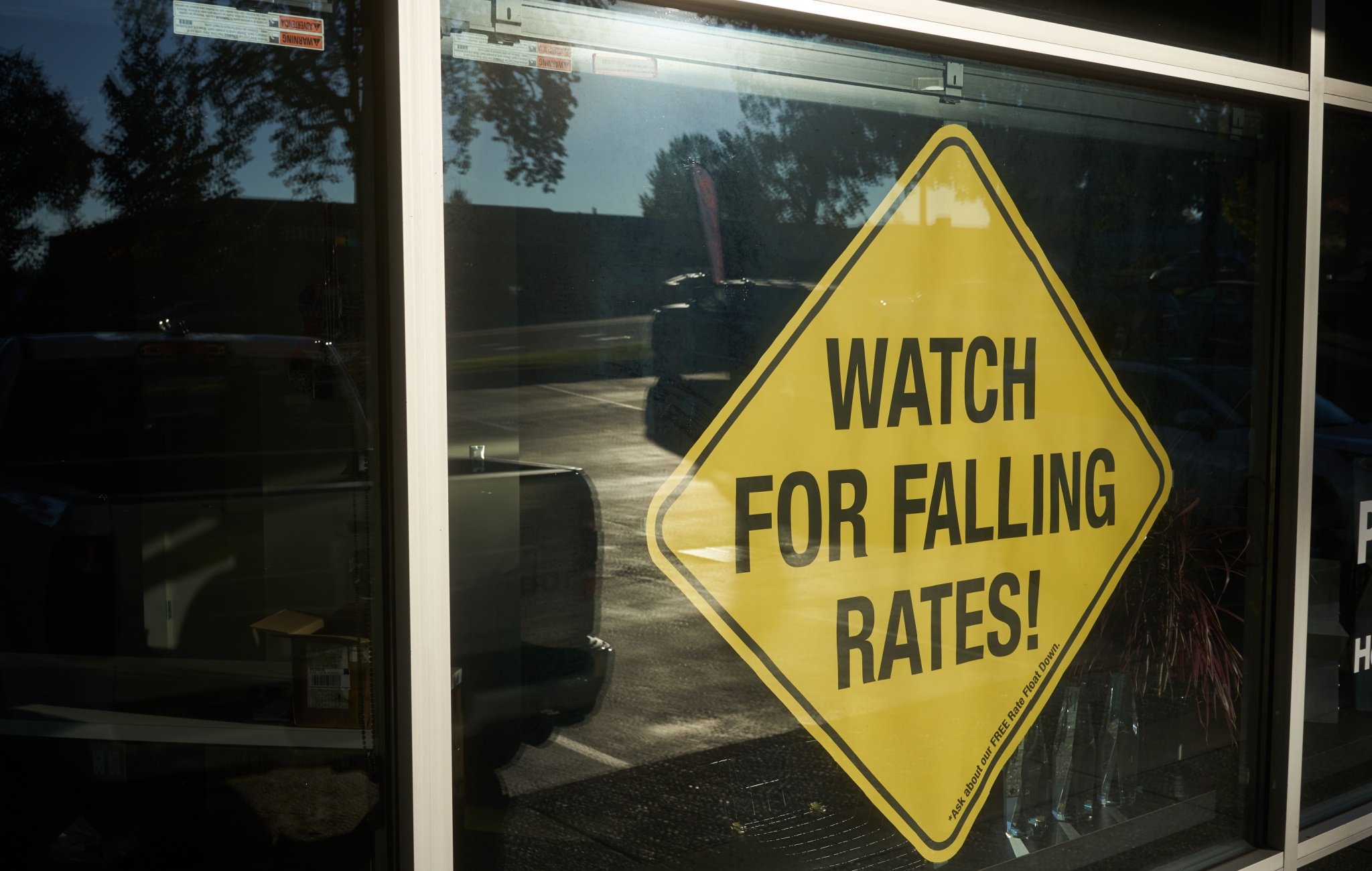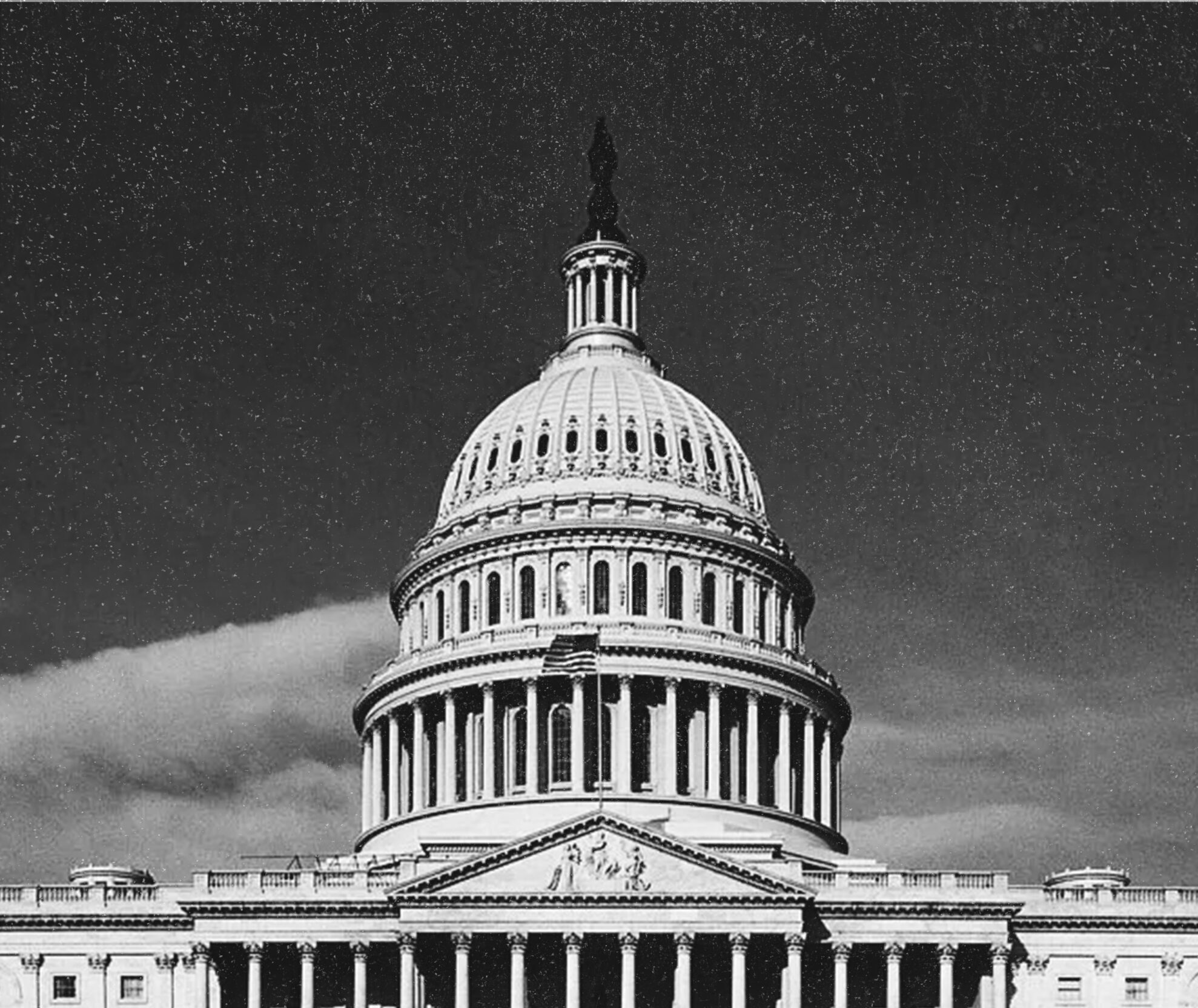
Anyone shopping for a house can attest that mortgage rates remain high in the U.S. In June 2024, the 30-year fixed rate mortgage rate was around 6.9 percent. For comparison, it was around 3.6 percent in January 2019, just prior to the pandemic. Will mortgage rates come down from their current high levels? While no forecast of the future can be certain, lower mortgage rates are in fact quite likely.
Given recent monetary policy, it is reasonable to think that inflation will eventually return to two percent per year, or at least to the neighborhood of two percent. Current short-term Treasury rates are about 5.25 percent per year. With inflation at 2 percent, a 5.25 percent nominal Treasury bill rate would imply a historically very high real Treasury rate—that is, the Treasury rate net of inflation. Not that long ago, the real rate on Treasury bills was negative. The real rate on Treasury securities is temporarily high due to the Federal Reserve’s policy goal of lowering the inflation rate.
Inflation is down substantially from two years ago. The Personal Consumption Expenditures Price Index grew 2.6 percent over the twelve month period ending May 2024. It grew 6.7 percent over the twelve month period ending May 2022. There is no indication that inflation will increase and, given the Federal Reserve’s determination so far, it is reasonable to think that the inflation rate will settle down somewhere between 2 and 3 percent per year, if not at 2 percent. Given a historical average real rate on short-term Treasury bills near zero, the short-term Treasury rate is likely to be in the neighborhood of 3 percent.
If short-term Treasury rates decrease, why would housing mortgage rates decrease? Part of the reason is because long-term Treasury bond yields will decrease. Long-term Treasury rates reflect expectations of future short-term rates; lower expected future short-term rates lower long-term Treasury rates. Lower long-term Treasury rates will result in lower long-term mortgage rates, but that is nowhere near all the story.
Figure 1 shows the 30-year mortgage rate and the 10-year Treasury yield separately. Figure 2 shows the spread, or difference, between the two. The 10-year Treasury yield commonly is used for comparisons to mortgage rates because the actual terms of mortgages are shorter than 30 years and because the 10-year Treasury security is traded more frequently than 30-year Treasury securities, making its price and yield more informative.
The 30-year mortgage rate and the 10-year Treasury yield have both increased since 2020, but the increase in the spread is quite notable. The spread can be interpreted as a risk spread, because Treasury securities are risk free in terms of paying the promised number of dollars. (They are nominally risk free but not really risk free.) Why has the risk spread increased?
A risk lenders face is the risk of prepayment of the mortgage. Prepayment of the mortgage is a risk because it generally is associated with the borrower purposefully refinancing the mortgage to obtain a lower interest rate. That lower interest rate for the borrower also is a lower interest rate for the lender if the lender replaces the refinanced mortgage with another mortgage.
Prepayment risk is the largest single risk for lenders. When, as now, interest rates are temporarily high, prepayment risk on new mortgages is high because rates are likely to be lower in the future, which will make it profitable for borrowers to refinance at those lower rates. Effectively, the expected terms of mortgages decrease.
Another risk frequently mentioned, foreclosure due to a recession, actually doesn’t create a risk for lenders. The large majority of mortgages in the United States are guaranteed by the federal government agencies popularly known as Fannie Mae, Freddie Mac and Ginnie Mae. If a borrower defaults, the federal agency guaranteeing the mortgage pays off the mortgage and absorbs the loss after the home is foreclosed and sold. Voila, default risk doesn’t matter to lenders!
Foreclosure creates a different risk, though, than default risk and loss. Foreclosure of a mortgage backed by the Federal government results in prepayment. Default still is a risk but it is not a risk of loss; it is a risk of prepayment. Even if the foreclosure is not motivated by a relatively high interest rate, the lender always has the risk that the rate will be lower on another mortgage it might acquire to replace the foreclosed mortgage.
Prepayment is not the only risk associated with mortgages. The Federal Reserve acquired a very large portfolio of mortgages as part of its policy of Quantitative Easing. Mortgages are bundled into securities called Mortgage Backed Securities (MBSs) which can be traded after the mortgages are issued. For some time, the Federal Reserve was acquiring amounts of MBSs equal to the new issues of mortgages. The rationale of these purchases was to lower mortgage rates. While not unequivocal, statistical evidence indicates that these purchases did lower mortgage rates.
The Federal Reserve now is selling MBSs as it unwinds Quantitative Easing. These sales account for some part of the increase in the mortgage rates and in the spread between the mortgage rate and the yield on Treasury securities.
Lower long-term Treasury rates and lower spreads in the near future will translate into lower mortgage rates. A lower-inflation environment will be associated with lower short-term interest Treasury rates if the Federal Reserve continues pursuing its current policy of lowering the inflation rate. Lower short-term interest rates will translate into lower long-term rates because long-term rates will reflect expectations of these lower short-term interest rates. These lower interest rates will create prepayments but will lower the risk of future prepayments, causing the spread between mortgage and Treasury rates to decline. In addition, the Federal Reserve eventually will stop selling MBSs, which also will lower the spread. In sum, mortgage rates will decrease because of lower inflation and lower risk-free interest rates, less prepayment risk and fewer sales of MBSs by the Federal Reserve.




